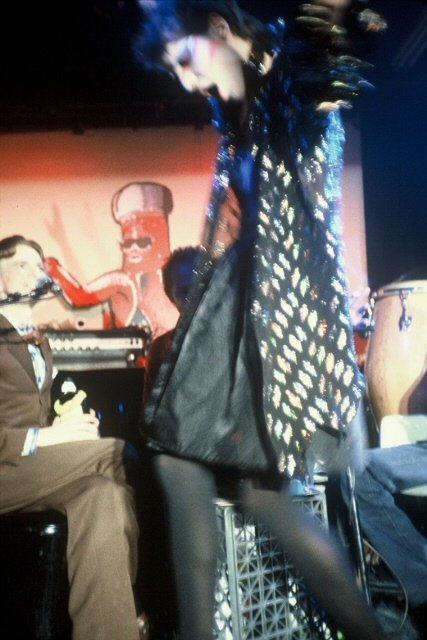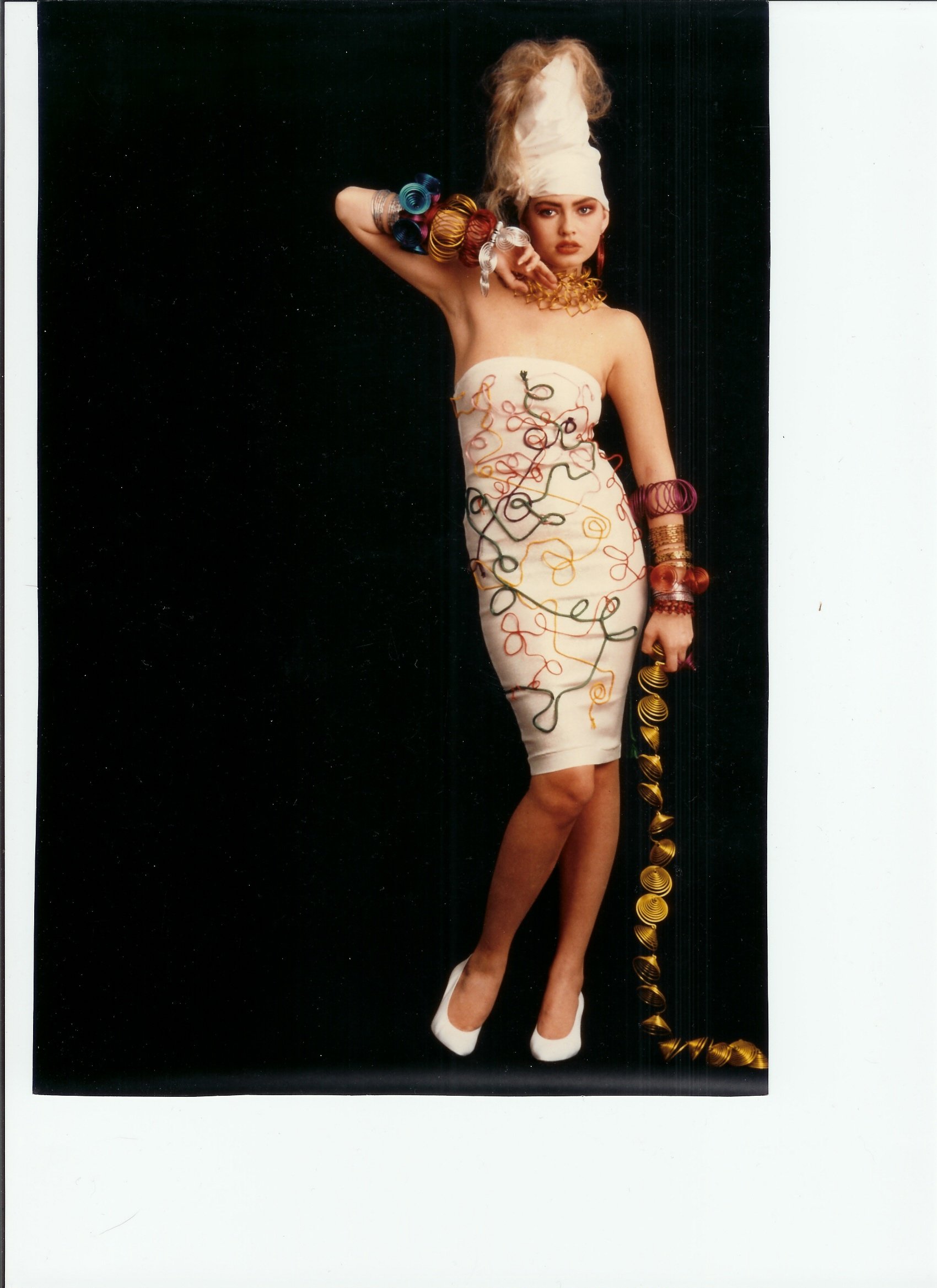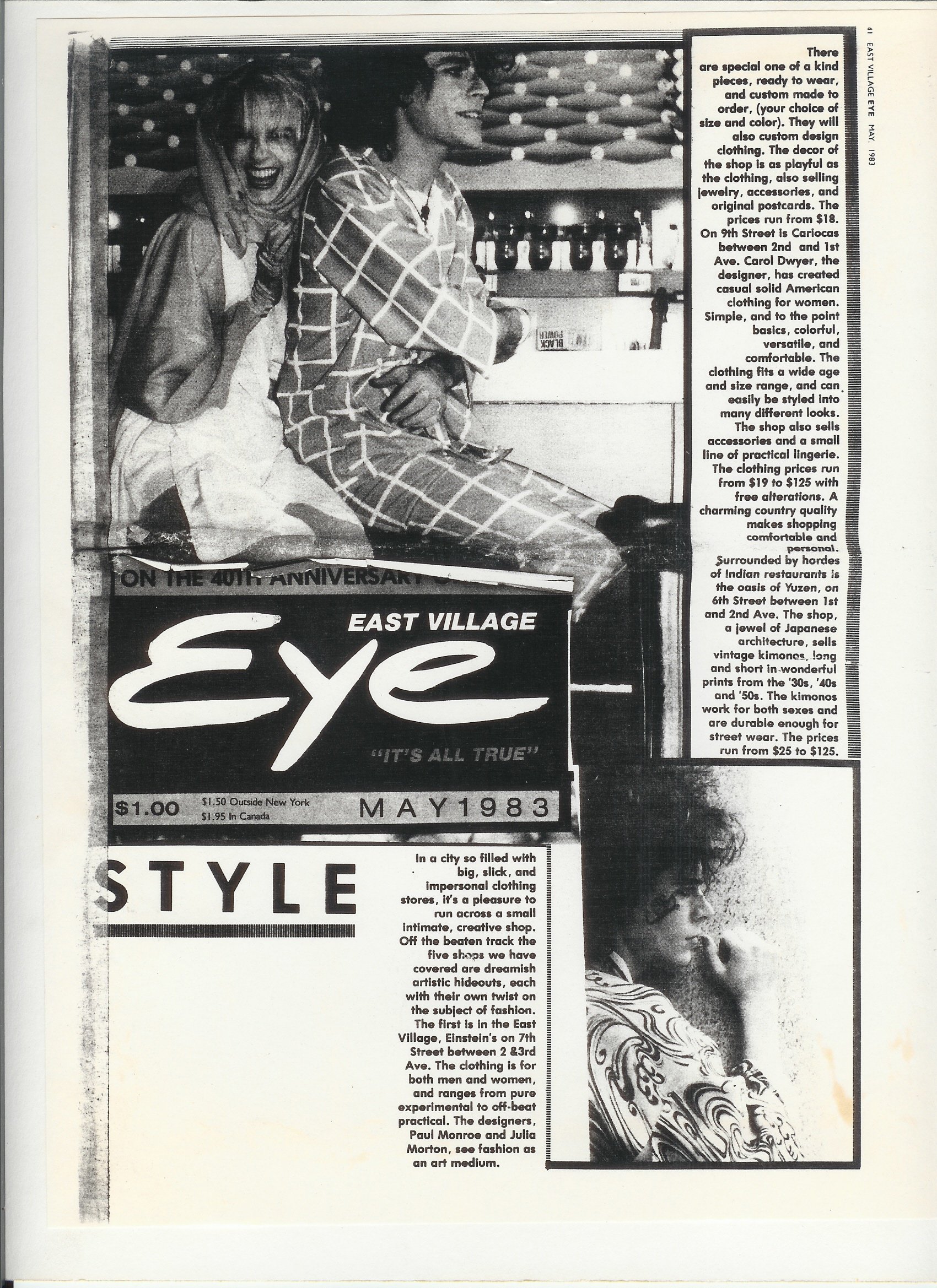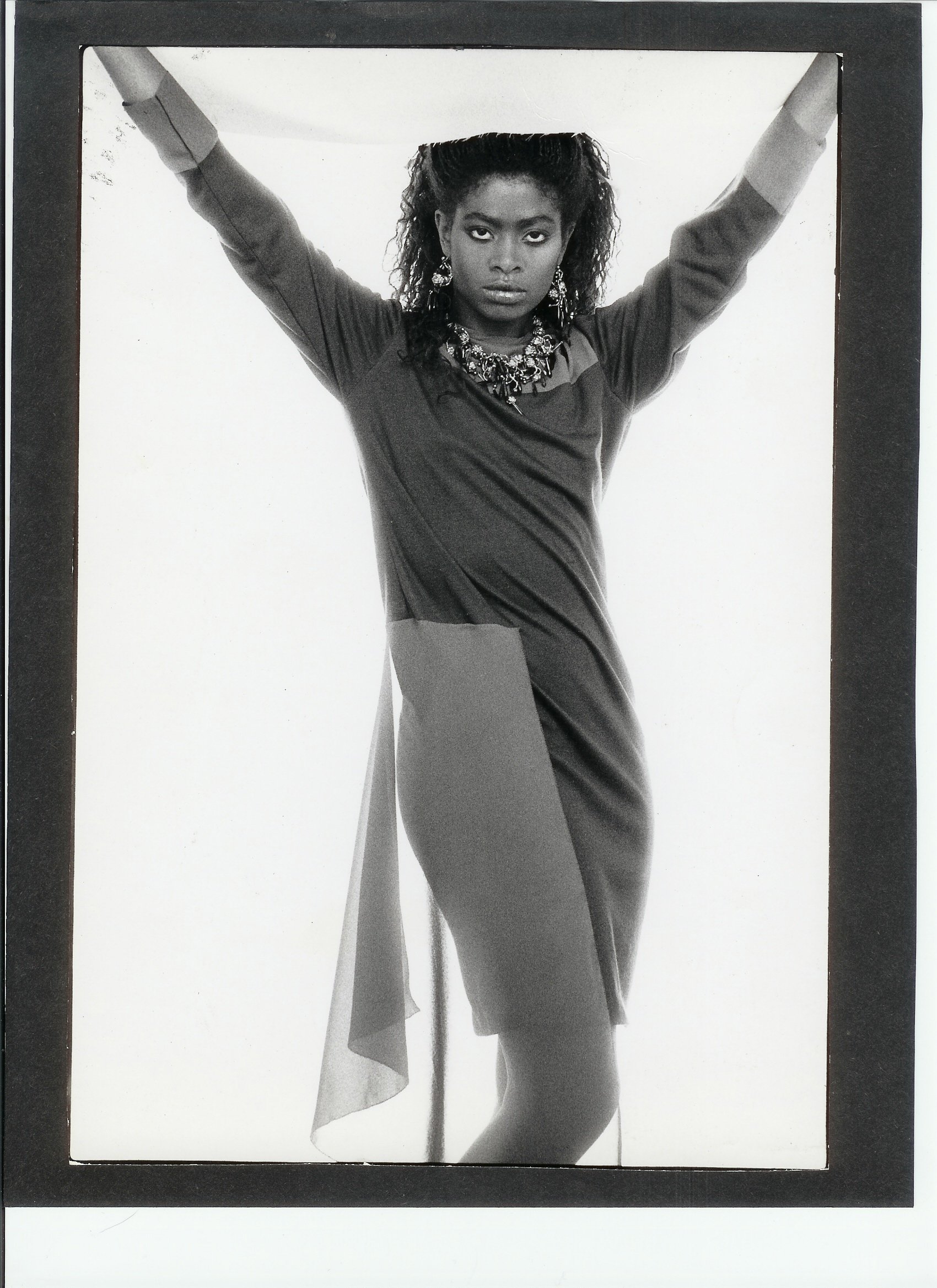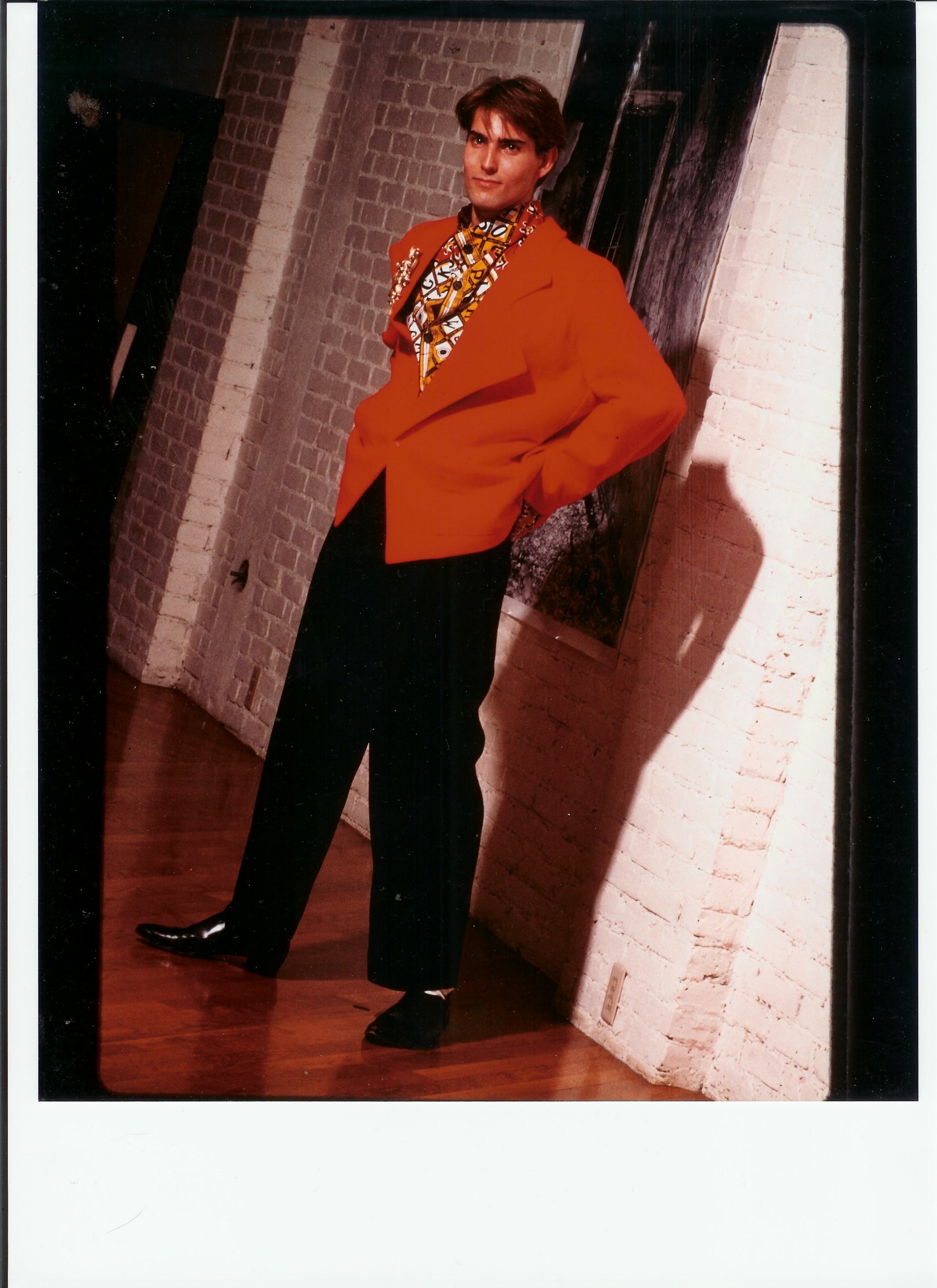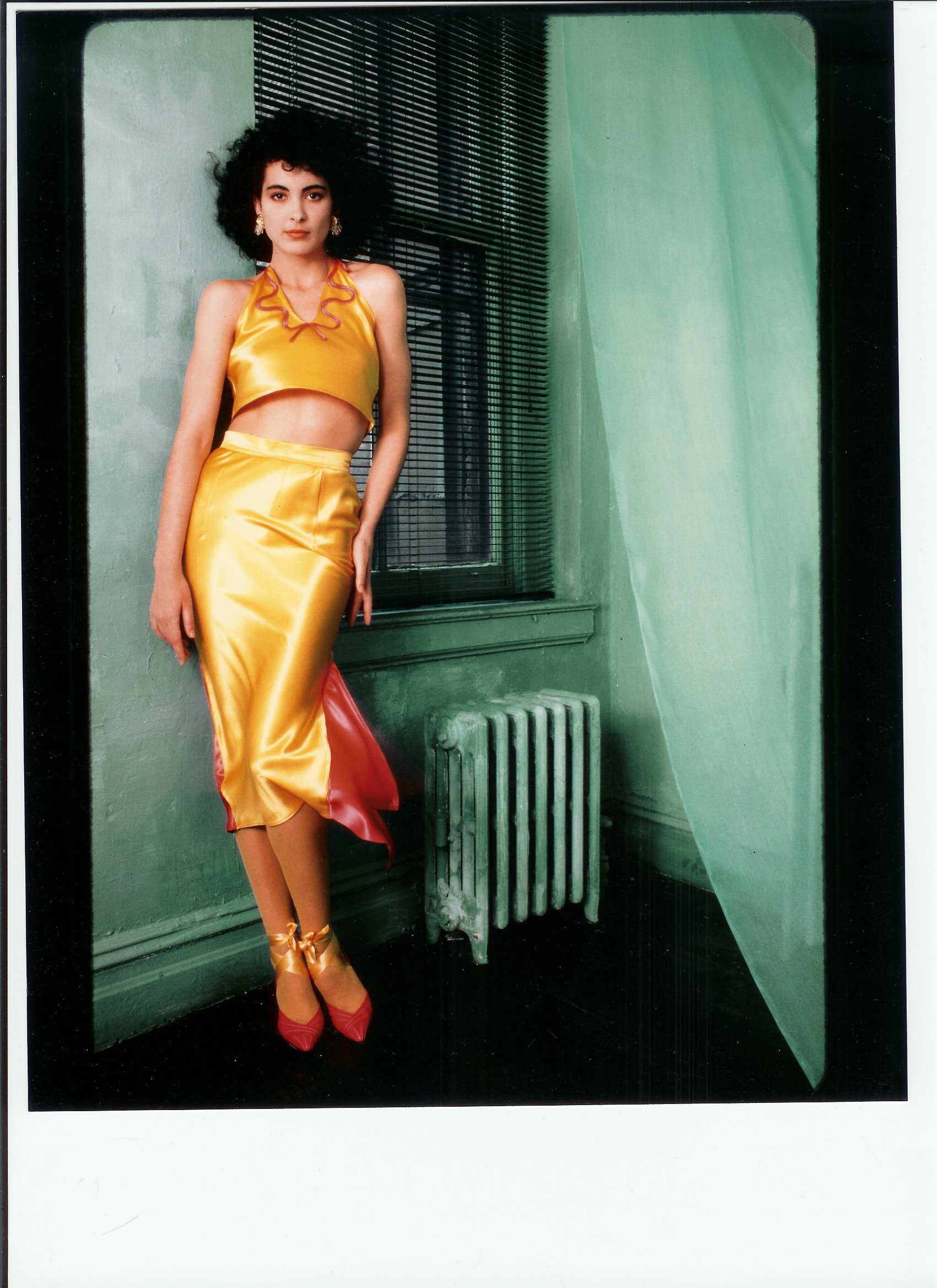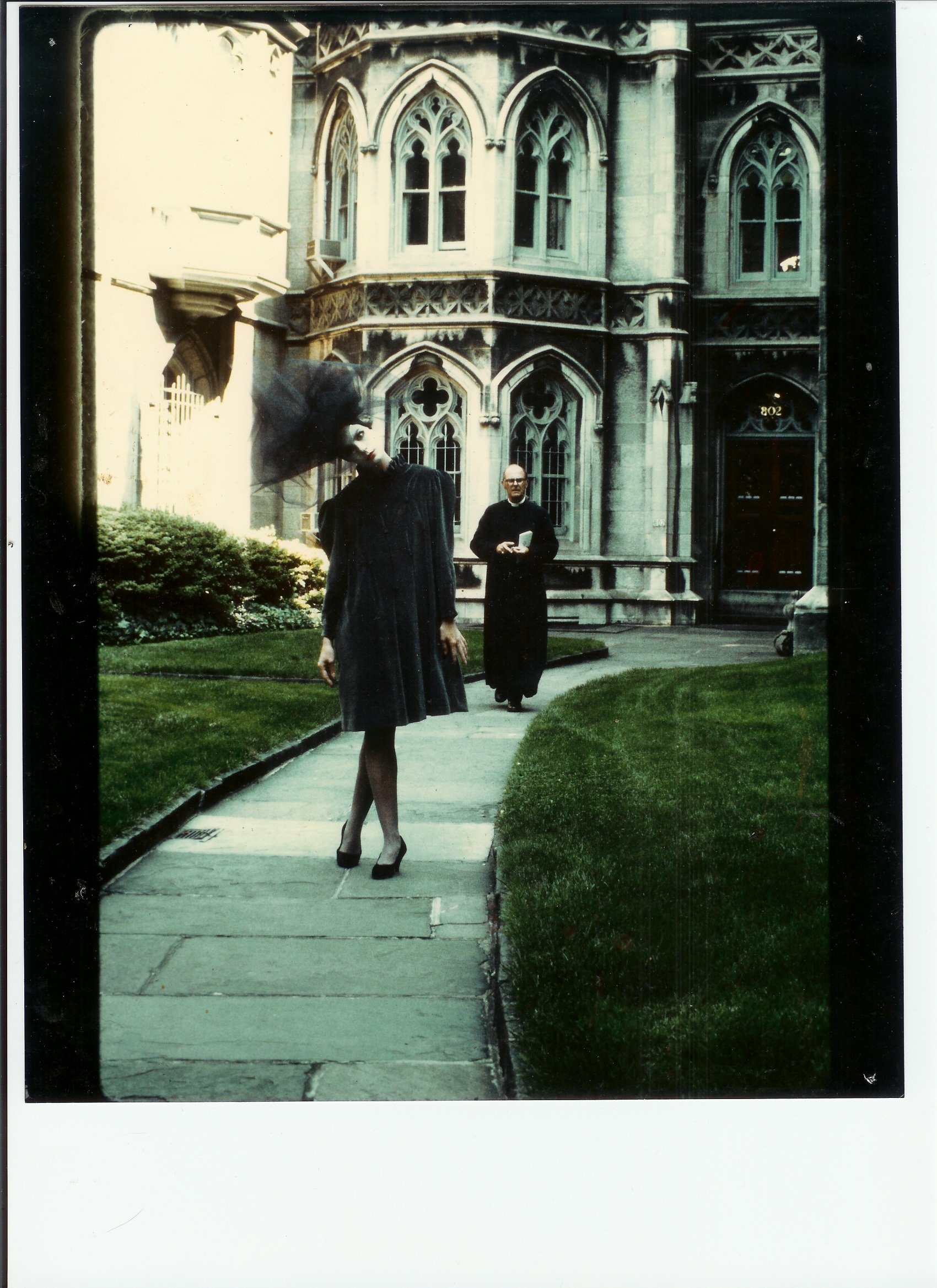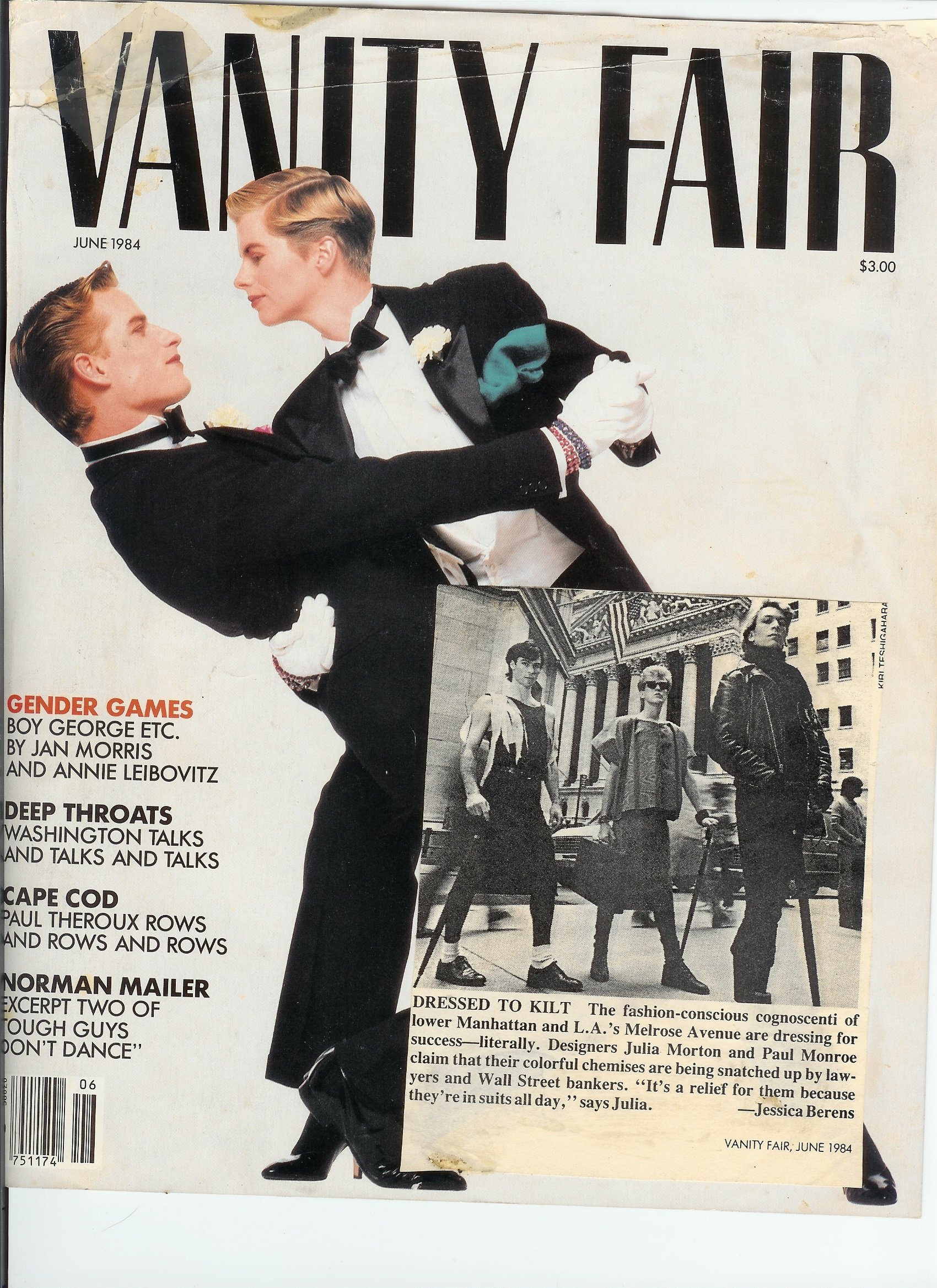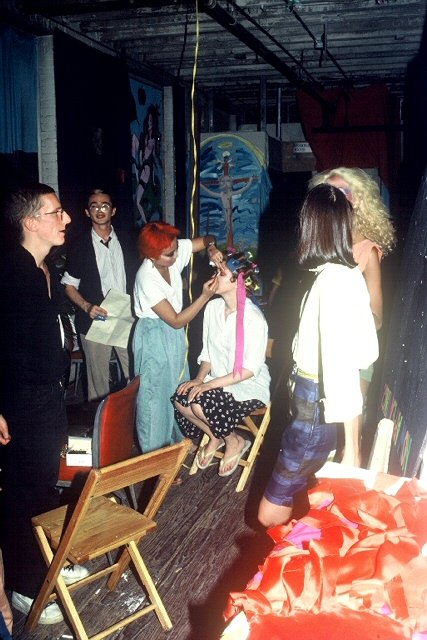You Can’t Eat Pants, a memoir
by Julia Morton
Like Paris in the 1920s, the 1980s, East Village attracted a small, diverse group of creative non-conformists who believed their time had come. Told in first person, my East Village memoir, You Can’t Eat Pants, spans the years 1981 to 1987 and opens as a 23-year-old fashion designer comes across a vacant East Village shop at a crossroads in her life.
One road leads to a garment district career and marriage. The other leads to a castle-in-the-sky fantasy - her utopian vision of liberated fashion. Following her instincts, she rents the shop, her marriage ends, and the dusty space becomes a fairy-tale closet filled with stylish curiosities, like dresses for men and one-of-a-kind artwear for women. But you can’t eat pants. Alone, underfunded, and inexperienced, she finds unlikely heroines to guide her, and the shop itself becomes a teacher.
While her days are spent working and worrying about bills, her nights are spent exploring newly opened galleries, clubs, boutiques, and theaters. Her unfounded optimism is shared by her peers who are forming bands, painting, writing, dancing, performing drag, making films, or opening their own boutiques. And thanks to the local paper, the East Village Eye, they can all find and support one another. Very quickly, a sense of community rises, and her shop, Einstein’s, becomes a beacon for creators. Having always been an awkward outsider, she is surprised when the even dank elites of the New York underground show up to welcome her.
Featuring nostalgic recollections of our pre-Internet past, as well as a realistic road map for contemporary dreamers to build on, You Can’t Eat Pants offers a working women’s perspective on the romantic and not-so-romantic legacies of the 1980s East Village.



